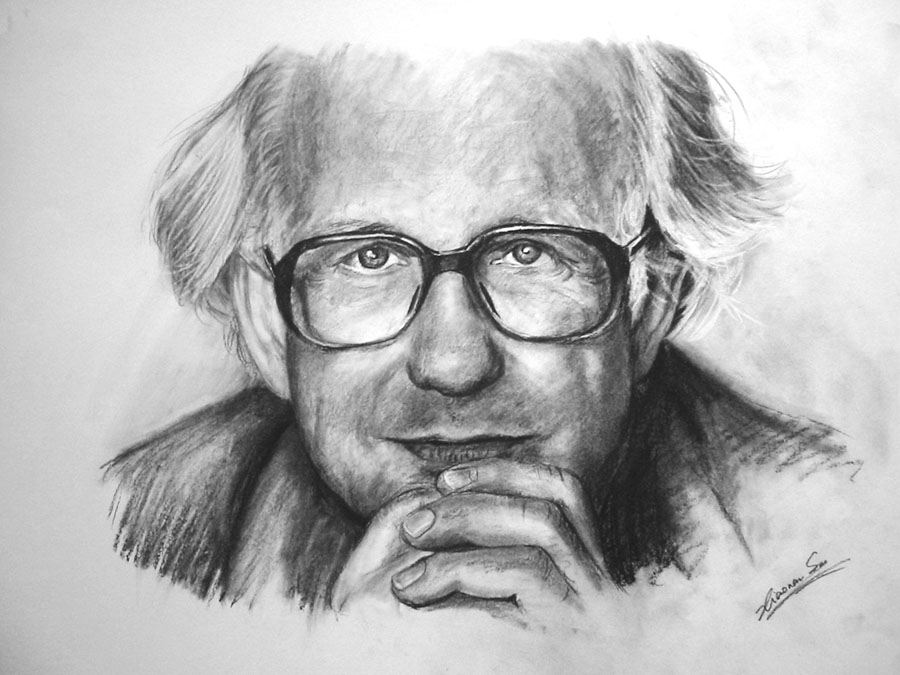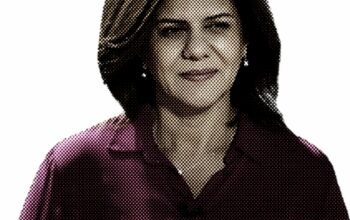Johan Galtung born in Oslo on October 24, 1930, is a Norwegian sociologist and mathematician. In 1959 he founded the Oslo Peace Research Institute (PRIO) followed with the Journal of Peace Research in 1964. Being one of the fathers of peace research/studies international institutions often turn to him for technical advice on conflict mediation due to his works accumulating in around 160 books and more than 1600 academic articles.
Since the start of his career in 1957, he has personally mediated in more than 150 conflicts between states, nations, religions, civilisations, communities, and individuals. In addition, he has received more than a dozen honorary degrees and many other honours, such as the Right Livelihood Award (known as the Alternative Nobel Peace Prize), the Norwegian Humanist Award, the Socrates Prize for Adult Education and Jamnalal Bajaj International Award for promoting Gandhian values. On December 3, 2016, he received the Claes Nobel Prize for the Improvement of the World, established by the National Society of High School Scholars
The son of a doctor and a nurse, Galtung stated in an interview: “My whole family was dedicated to treating disease. This educated me in the optimistic belief that any problem can be solved.” After earning a Ph.D. in mathematics in 1956 from the University of Oslo he completed further studies by obtaining a second Ph.D. in peace research, related to the dynamism of social movements and campus debates of the time. The fundamental innovation brought by Galtung to the humanities entailed in redefining the concept of peace as the absence of structural violence, moreover the realisation of all human potential (economic, social and environmental).
Due to his devotion to pacifist ideals, this led him to the identifying himself as a conscientious objector so consequently at the age of 24 Galtung was arrested and sentenced to serve 6 months in Norway for refusing military service. Whilst in prison, Galtung wrote his first work, Gandhi’s Political Ethics (1955), co-published with his tutor and renown Norwegian philosopher Arne Næss.
In 1968, during a conference in East Germany, he criticised the Warsaw Pact’s military intervention in Prague, provoking a reaction from security officials who prevented him from completing the session. Galtung subsequently left the PRIO in 1969 to become full professor of “Peace and Conflict Studies” at the University of Oslo, maintaining only informal links with the Institute, thus guaranteeing full operational autonomy from it. In recent decades, Galtung has had limited contact with the PRIO, holding no official role within the organization.
In 1993, together with his colleague Fumiko Nishimura, he founded the mediation network ‘Transcend International: A peace and development network’ for conflict resolution. The following institute aims to promote the peaceful settlements of international disputes. As well as this he is currently president of the ‘Galtung-Institute for Peace Theory & Peace Practice’.
His role as a consultant in conflict situations has often provided concrete results. An example of a disagreement regarding the border line between Peru and Ecuador was resolved by Galtung in the 1990s through the proposal of the binational area formula – resulting in a shared natural park accepted by both parties.
Galtung’s theory of peace and nonviolence is inspired by Gandhi and Buddhism, which, according to the Norwegian sociologist, is the only religion capable of fully explaining the essence of peace. The author’s main contribution to peace research is the positive definition of the concept of ‘peace’. He criticised the negative notion of peace as the absence of war and physical violence, originally proposed by American sociologist, Kenneth Boulding in 1957. Rather, Galtung defined peace as the absence of ‘structural violence’. Since structural violence occurs when actual human achievements fall short of potential achievements, peace is the realisation, by man, of all his economic, social, and environmental potential. This definition also includes cases where there is no direct perpetrator of violence (an actor).
Galtung theorised the division of mediation into three phases: “first to identify the participants, make an acknowledgment of their objectives and find their contradictions; second, to distinguish between legitimate and illegitimate objectives; finally, to build bridges between the respective legitimate positions”. The guiding concept of mediation must be to build “bridges”. Through mediation it has the function of proposing new possibilities for a solution capable of achieving the goals of all the actors in the conflict, highlighting how the situation should not necessarily result in a zero-sum game.
Among Galtung’s theoretical contributions to the study of international relations is also the notion of “traffic light wars”, which he first introduced to the academy. The traffic light practice, identified by Galtung in 1988, was a consequence of the bipolar confrontation between the United States and the USSR. At this time, the tensions between the two blocs provoked conventional wars in the third world, waged by three sides: the two local actors directly involved and then either one of the two great powers. Clear examples being the Vietnam War and the Soviet-Afghan War.
This accumulation of theories and experience of Galtung’s life studies and experiences resulted in the Transcend method – a proposition to resolve conflicts by peaceful means. The premises for this methodology has its roots from the Hindu, Buddhist, Christian, Daoist, Islamic, Jewish religions. As such these guidelines have been adopted by United Nation’s peacemakers for “Conflict Transformation by Peaceful Means” and are summarised in the following 10 steps:
1) Conflict workers (peace workers) are introduced with their personal, social profiles and explore the relationships with parties in the conflict.
2) A preliminary dialogue follows as this is the main operational tool of the conflict workers.
3) Presentation of the conflict, exploring its fundamental theoretical concepts: attitudes, behaviours and contradictions.
4) Exploring the concepts of conflict practice: empathy, non-violence and creativity.
5) As violence is always a possibility, the fundamental concepts of the theory of violence are examined: direct, structural and cultural.
6) Looking further at the roots of the practice of violence that are influenced by actors, structures and early warnings.
7) To prevent violence and develop the creative potential of a conflict there must be a transformation.
8) To achieve it, the conflict worker initiates a well-articulated peace dialogue, which includes socio-analysis.
9) The purpose of the entire exercise-conflict transformation is explored on a global, social, and personal level.
10) To achieve the transformation of the conflict into peace, it is necessary to introduce educational measures and promote positive future dialogue.
Furthermore, there are certain codes that peacemakers are encouraged to follow and conclusively in the words of the Johan Galtung Institute the overall goal is “to continue contributing to the further development of peace theory and peace praxeology in the interest of a desperately needed reduction of human and environmental suffering”.
Sean Campbell



